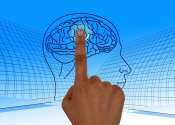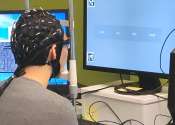Miniaturized brain-machine interface processes neural signals in real time
Researchers from EPFL have developed a next-generation miniaturized brain-machine interface capable of direct brain-to-text communication on tiny silicon chips.
Aug 26, 2024
0
78









